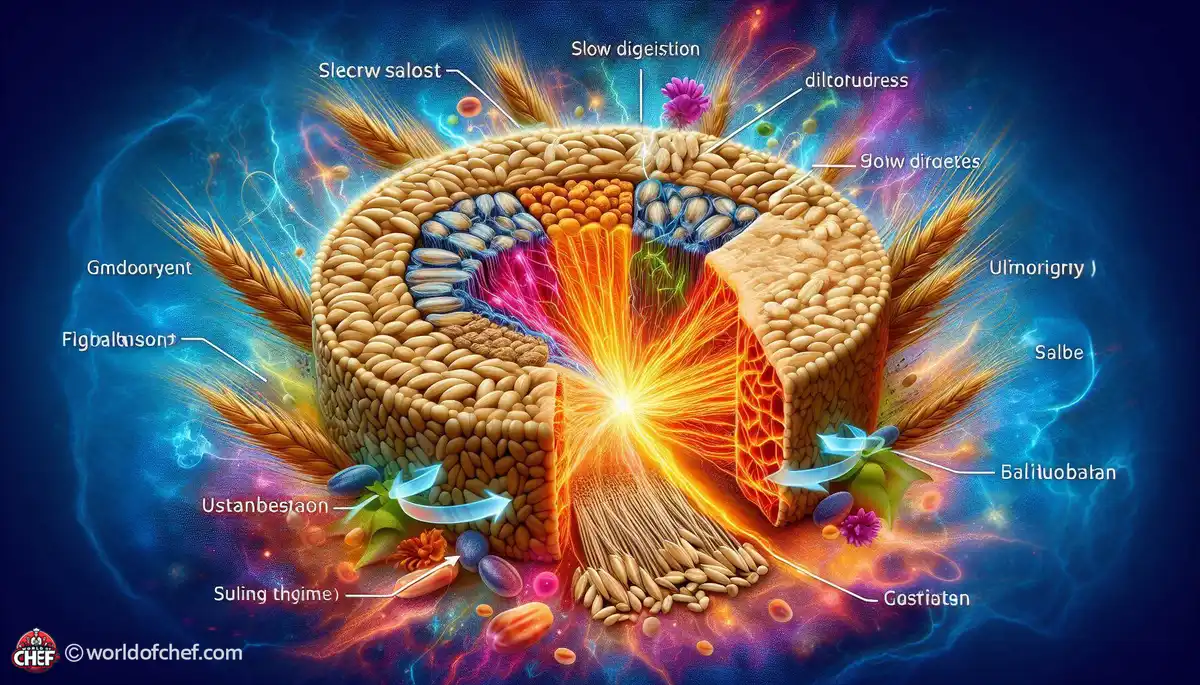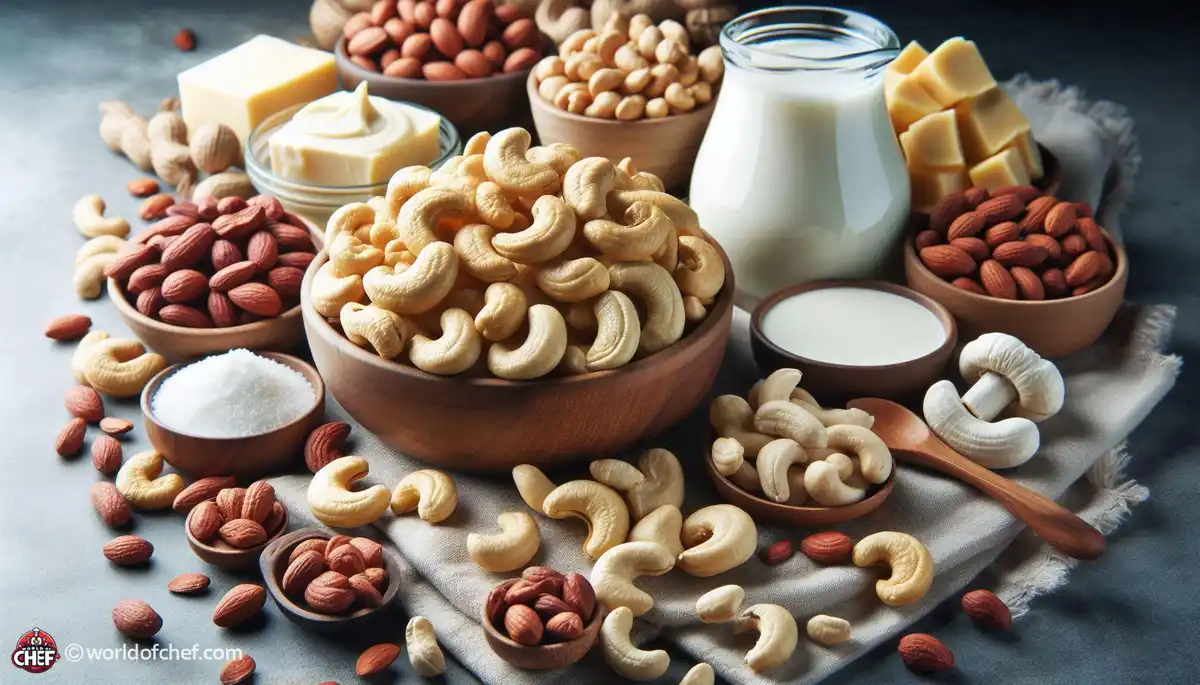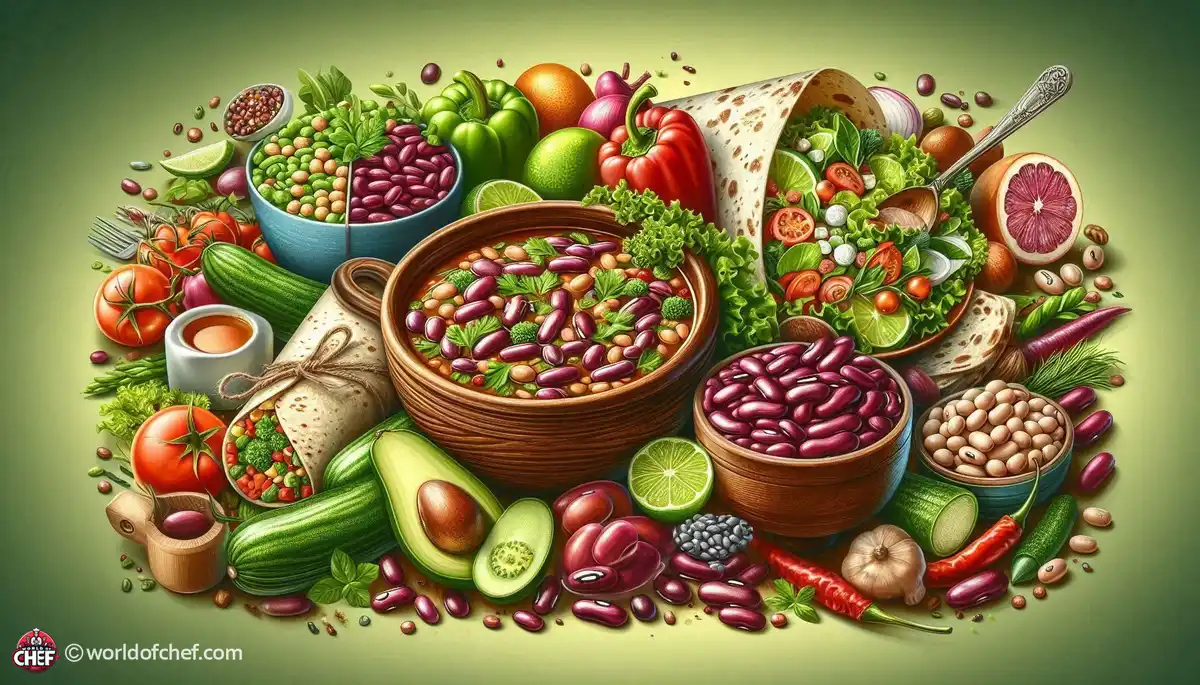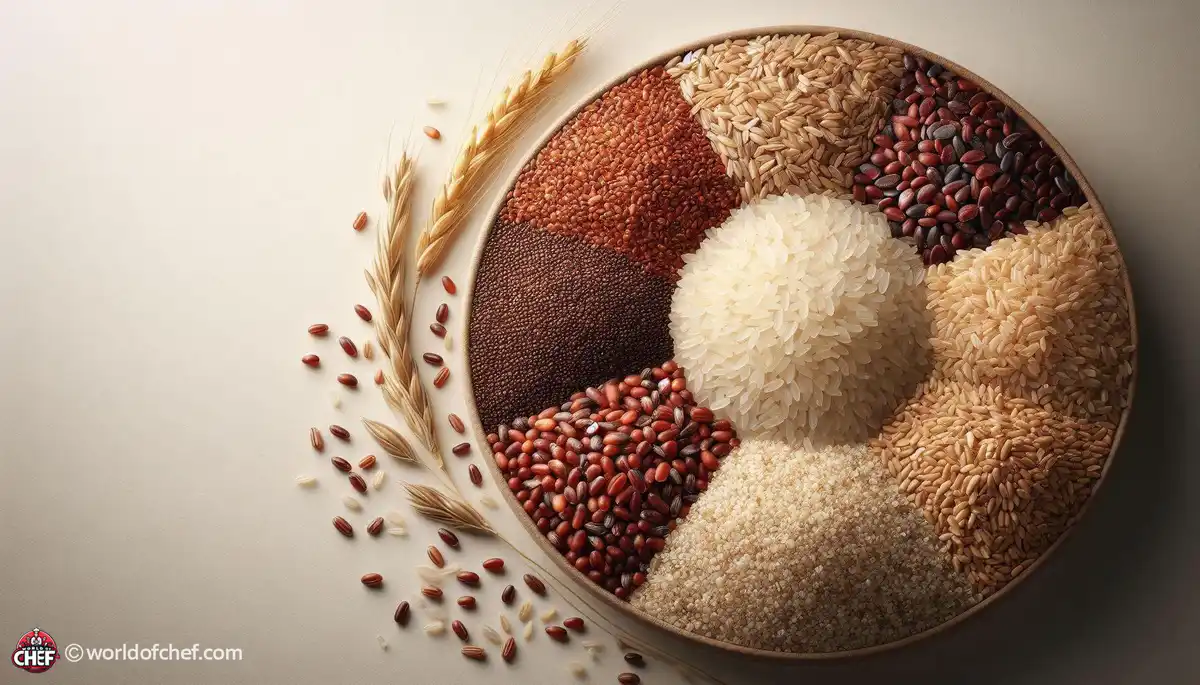
Unveiling the Power of Cruciferous Vegetables in Cancer Prevention
Eloise Jester - Mar 26, 2025 - 8 min read


Whole grains play an extremely vital role in our quest for fullness and satiety. Compared to refined grains that go through processing, most of the parts of the grain kernel get left behind; whole grains, however contain all their constituents: bran, germ, and endosperm, hence rich in much fiber, vitamins, minerals, and phytonutrients. Of these, the unsung hero is fiber in the battle of feeling full and satisfied after a meal. Fiber slows down digestion, so you feel fuller for longer. It also regulates blood sugar levels, preventing those nasty spikes and crashes that have you snacking shortly after a meal.
Not all fibers are created equal when it comes to satiety. The fiber type known as soluble, which is abundant in the whole grains like oat, barley, and brown rice, provides, when inside the digestive tract, a gel-like effect, that slows down the emptying of the stomach and the absorption of nutrients. That's how it can feel full for a long period of time. The insoluble fiber found in wheat bran and whole grain bread also proves to be very effective in adding bulk to the stool thereby creating bowel movements and helping in filling up the tummy with its intake. That's why whole grains are the very good power source in hunger fighting.
Whole grains contain fiber but also provide a balanced intake of macronutrients, and those are factors of satiety. Unlike the refined grains, whole grains are not stripped of the natural goodness during processing; it retains protein and healthy fats. Protein works as a satiety trigger by releasing hormones that send a signal to the brain when it is full. Secondly, whole grains contain healthy fats in quinoa and amaranth, thus increasing the satiety effect. Adding whole grains to your diet will not only make you feel full due to fiber but also satiate hunger by providing an appropriate balance of macronutrients.
Studies are now emerging about the fact that gut microbiota, the community of microorganisms that live inside our digestive tract, has a very important role in regulating appetite and satiety. Whole grains contain much dietary fiber, thereby making them a prebiotic, which means it feeds good gut bacteria. It is in the fermentative process by these microbes of the fiber in the colon that SCFAs are produced. SCFAs are associated with reduced hunger and increased satiety. By feeding our gut microbes whole grains, we might be better positioned to gain better control over our appetite and subsequently our weight.
The second mechanism of long-lasting satiety that has been offered by whole grains relates to the effect exerted by whole grains on glucose. As compared to refined grains, whole grains create less sharp increases and steep decreases in blood sugar since the glycemic index content of whole grains is generally less than that of their counterparts; thus they are taken in for longer periods thus making the glucose release a smooth and steady process that the bloodstream can handle continuously. This constant availability of energy helps keep hunger off and gets rid of those cravings that accompany spiking and crashing blood sugars. Whole grains, in comparison to refined grains, enable you to have stable levels of energy and urge you to feel full throughout the day.
Aside from nutritional value, whole grains can also lead to satiety through mindful eating habits. Processed foods are generally consumed blindly and fast, but there is more time and action needed to chew and eventually digest whole grains. During this slower process of eating, your body will be capable of sensing fullness from the food consumed, thus avoiding overeating for a more fulfilling dining process. Enjoying each piece of whole grain wholesomeness enables an individual to listen to his or her body's needs for eating, hence finding more balanced ways of consuming food and long-term satiety.
Start your day with a hearty breakfast full of whole grains. Try swapping out that refined cereal for oatmeal topped with fresh fruit and nuts or whole grain toast with avocado and eggs. A high-fiber meal in the morning will set the tone for balanced eating and sustained energy levels throughout the day.
Try a variety of whole grains: Quinoa, barley, bulgur, and farro add much variety to meals and mix into salads, soups, stir-fries, and grain bowls. Enjoy a wide variety of different whole grains, which would each contribute a little more of something special, giving your diet more depth nutritionally, while pleasing the taste buds.
Whenever hunger strikes between meals, reach for whole grain snack foods to keep you fired up and satisfied. Put a handful of whole grain crackers with hummus on your desk, munch on air-popped popcorn all day, or put a small serving of whole grain granola in the yogurt you are going to eat. These easy snacks are nutrient rich, neither weighing you down nor having you crash.
The consumption of whole grains relates to the formation of healthy habits. As a rule, try to replace refined grains whenever possible by using more whole grain bread instead of white one, by preference brown rice instead of white. After all, such minor changes could sum up to significant improvements in overall health and well-being.
In conclusion, whole grains are a friend to the pursuit of sustainable satiety and repletion. Rich in fibers, well-balanced, and capable of influencing macronutrient intake due to its impact on control of appetite, whole grains become part of a healthful diet. By being able to introduce a combination of several whole grains through meals and snacks, nutrition is obtained, stable levels of energy are supported, and satisfaction and well-being are induced. So go ahead, indulge in the goodness of whole grains and bask in the long-lasting benefits that they bring to your table and to your health.

Eloise Jester - Mar 26, 2025 - 8 min read

Wayne Tobar - Mar 23, 2025 - 6 min read

Harold Turcios - Mar 19, 2025 - 7 min read

Nevaeh Zeng - Mar 16, 2025 - 6 min read